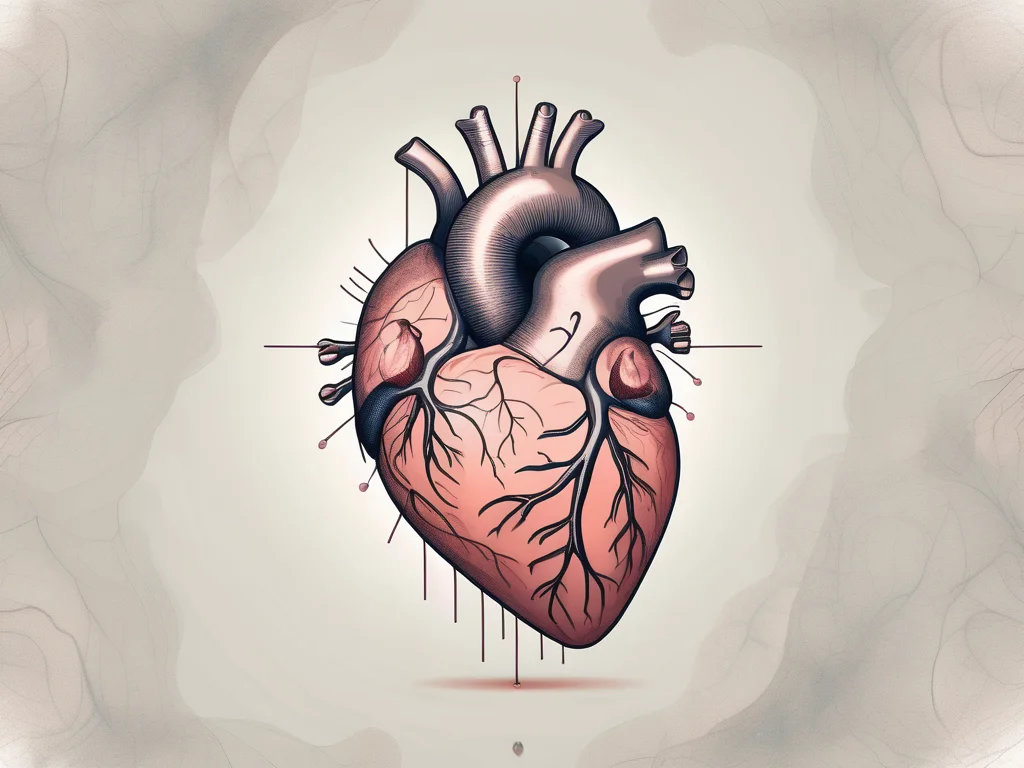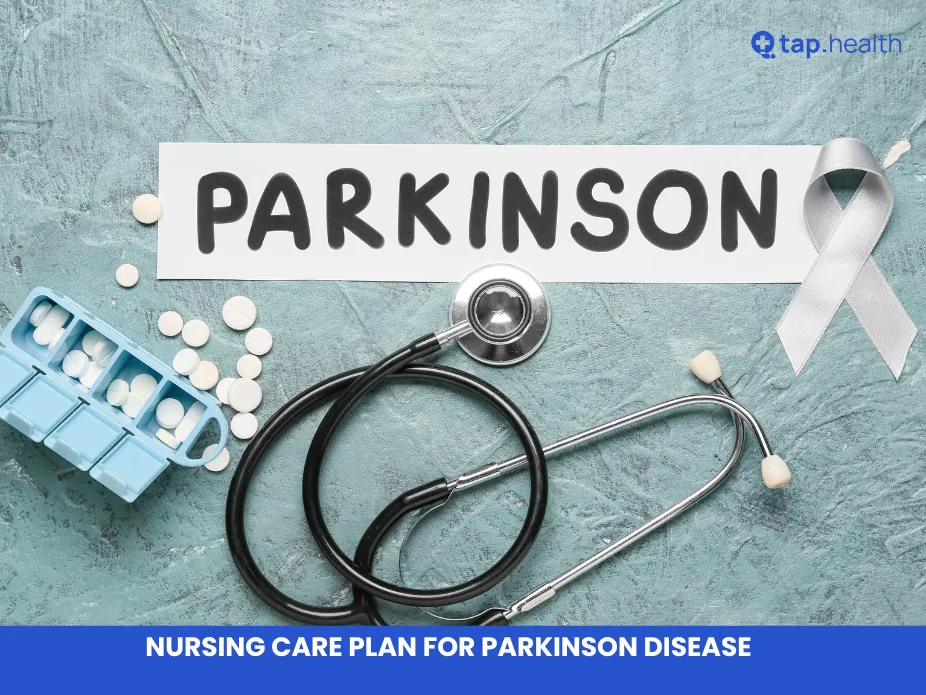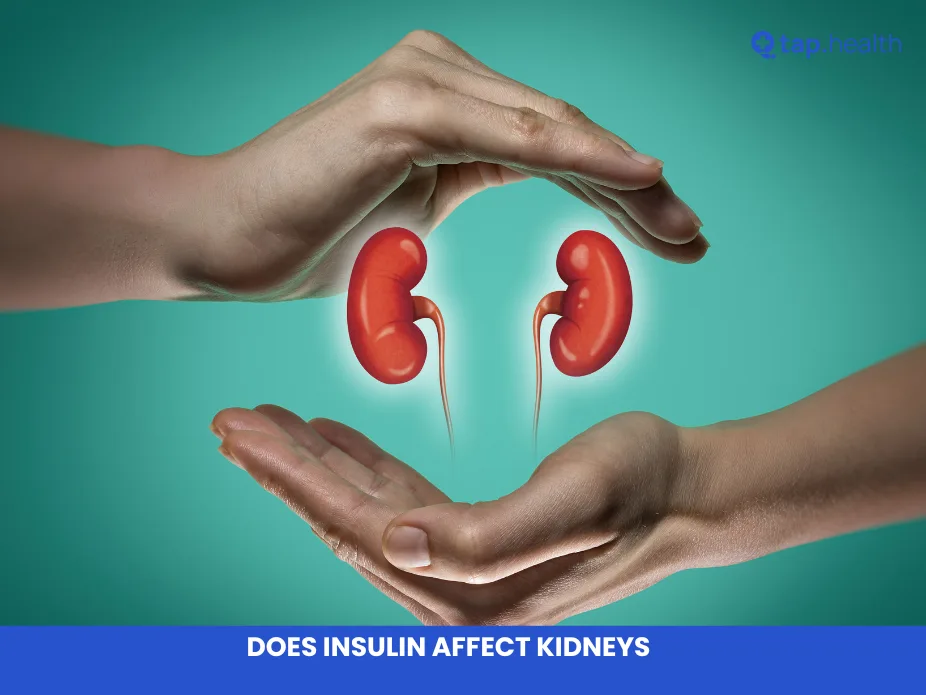Atrial myxoma is a rare, benign heart tumor that can lead to serious complications if left untreated. Originating in the heart’s inner lining, primarily in the left atrium, this condition demands timely recognition and intervention to prevent life-threatening issues. This blog explores atrial myxoma symptoms, causes, risk factors, complications, diagnostic methods, and treatment options in a concise question-and-answer format, offering clarity on this complex cardiac condition.
What is Atrial Myxoma and Why is it Important?
What is atrial myxoma?
Atrial myxoma is a non-cancerous tumor that grows from the heart’s endocardium, typically in the left atrium, though it can occur in the right atrium. It often appears as a pedunculated mass attached by a stalk (pedicle), which can interfere with heart function.
Why is early detection critical?
Early detection prevents complications like heart failure, embolism, or stroke, which can arise from the tumor obstructing blood flow or breaking off into the bloodstream. Prompt diagnosis and treatment improve outcomes and quality of life.
What Causes Atrial Myxoma?
What are the known causes of atrial myxoma?
The exact cause remains unclear, but genetic mutations, such as those in the PRKAR1A gene, are linked to its development. Conditions like Carney complex or familial atrial myxoma syndrome may also contribute.
What are the risk factors?
Risk factors include genetic predisposition, connective tissue disorders, and, in some cases, prior radiation therapy. Women are more commonly affected, and it typically occurs in adults.
What Are the Symptoms of Atrial Myxoma?
What are the common symptoms of atrial myxoma?
The classic “triad of embolism” includes:
- Dyspnea: Shortness of breath due to impaired heart function.
- Chest pain: Discomfort caused by restricted blood flow.
- Palpitations: Irregular or rapid heartbeats.
Other symptoms include fatigue, exercise intolerance, lightheadedness, and signs of heart failure like edema (swelling) or weight gain from fluid retention.
Are there less common symptoms?
Less frequent symptoms include fever, night sweats, joint pain, finger clubbing, skin rashes, or urticaria. Rarely, embolic events like stroke or peripheral artery occlusion may occur.
Why do symptoms vary?
Symptoms vary because the tumor’s size, location, and mobility can mimic other cardiac or respiratory conditions, making diagnosis challenging without proper testing.
What Complications Can Atrial Myxoma Cause?
What heart-related complications arise from atrial myxoma?
The tumor can obstruct blood flow, leading to heart failure symptoms like shortness of breath, fatigue, and leg swelling. It may also interfere with heart valves, causing murmurs, or detach, leading to embolic events like stroke, myocardial infarction, or pulmonary embolism.
What are systemic complications?
Fragments of the tumor can travel through the bloodstream, causing:
- Neurological issues: Transient ischemic attacks (TIAs) or strokes.
- Kidney dysfunction: Impaired renal function due to blocked blood flow.
- Coagulation problems: Abnormal bleeding or clotting tendencies.
In severe cases, complete obstruction or massive embolization can lead to sudden death.
How is Atrial Myxoma Diagnosed?
What physical signs suggest atrial myxoma?
A physical exam may reveal a “tumor plop,” a unique heart murmur caused by the tumor hitting the atrioventricular valve. Other signs include heart failure indicators like peripheral edema or lung crackles. A detailed medical history, including symptom onset, is also critical.
What imaging tests are used?
- Echocardiography: Transesophageal echocardiography is the gold standard, providing detailed images of the tumor’s size, location, and mobility.
- MRI/CT scans: These offer additional details for surgical planning, showing the tumor’s extent and impact on heart structures.
Why is accurate diagnosis important?
Precise diagnosis ensures appropriate treatment planning, reducing the risk of complications and improving surgical outcomes.
What Are the Treatment Options for Atrial Myxoma?
What is the primary treatment for atrial myxoma?
Surgical removal is the standard treatment. The approach depends on tumor characteristics:
- Sternotomy: Traditional open-heart surgery for direct access.
- Minimally invasive techniques: Thoracoscopy or robotic-assisted surgery for smaller incisions and faster recovery.
What does post-surgery care involve?
Post-operative care includes:
- Monitoring for infection or complications.
- Managing pain effectively.
- Gradually increasing physical activity.
Lifestyle changes, such as a heart-healthy diet, regular exercise, avoiding tobacco, and adhering to prescribed medications, support long-term recovery.
How is recurrence prevented?
Regular follow-up appointments and imaging monitor for tumor recurrence, ensuring early intervention if needed.
How Can You Prevent Atrial Myxoma Complications?
Can atrial myxoma be prevented?
Since the exact cause is unknown, prevention is challenging. However, managing risk factors like genetic predispositions through regular cardiac screenings for high-risk individuals can aid early detection.
What steps reduce complication risks?
- Prompt medical evaluation: Seek care for symptoms like shortness of breath or chest pain.
- Regular check-ups: Especially for those with a family history of cardiac tumors.
- Healthy lifestyle: Maintain heart health through diet, exercise, and avoiding smoking.
Frequently Asked Questions About Atrial Myxoma
What makes atrial myxoma symptoms hard to identify?
Symptoms often mimic other heart or lung conditions, requiring specialized tests like echocardiography for accurate diagnosis.
Is atrial myxoma life-threatening?
While benign, untreated atrial myxoma can cause severe complications like stroke, heart failure, or sudden death due to embolism or obstruction.
Who is at higher risk for atrial myxoma?
Women, adults, and individuals with genetic conditions like Carney complex or a family history of cardiac tumors are at higher risk.
How effective is surgery for atrial myxoma?
Surgery is highly effective, with most patients experiencing full recovery if the tumor is removed before complications arise.
Conclusion
Atrial myxoma, though rare, is a serious condition that requires vigilance for early detection and treatment. Recognizing symptoms like shortness of breath, chest pain, or fatigue, and understanding the importance of diagnostic tools like echocardiography, can make a significant difference in outcomes. Surgical removal remains the cornerstone of treatment, supported by post-operative care and lifestyle changes to ensure long-term heart health. If you experience concerning symptoms or have a family history of cardiac issues, consult a healthcare professional promptly for evaluation and management.



